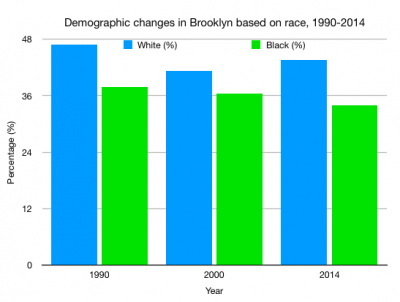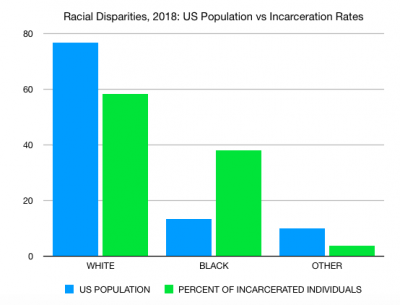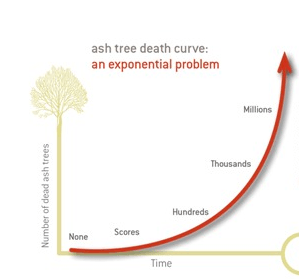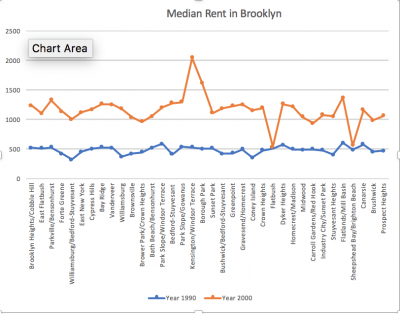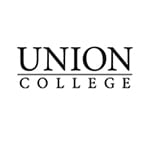This is an interesting topic to write about for the blog this week. When looking through the sub topics that Professor Wang provided my eyes immediately went to the gentrification section. Over this past year I was fortunate enough to spend a term in Washington D.C. and take one of three courses on the places and spaces of D.C. This included a major topic on the gentrification that has been taking place there for the past 50 or so years. It has been extremely influential to the population of people there and is a fascinating and debilitating. It does not only effect the ability for people to live there but also to raise their children in the proper and nurturing environment. Within the gentrification that occurs in DC one of the telling graphs that can be expressed is showing the inequality of education. Since gentrification is tied with income and the cost of living and rent, it can be brutality shown who can afford to send their children to a private school which are located in the gentrified areas and who is sending their children to the cheaper option of public school. This is not to say that there is anything wrong between the two types of schooling it is being used to simply look at the difference in wealth between the races of DC. Through the cost of education one is able to identify where more money is located and being spent as well as how the coast of educational institutions has changed over a multiple year period.
For my graphs I was able to find data on the races of public and private schools as well as the comparison in numbers of public versus private schools over multiple years.
Following the 2007 graphs are the comparison to 2014 after major gentrification had taken place.


One thing that I think is the most noticeable is the large increase in private charter schools over just a seven year period. Further it is then not surprising to see the jump in numbers of students enrolled in the charter versus TPS schools.





